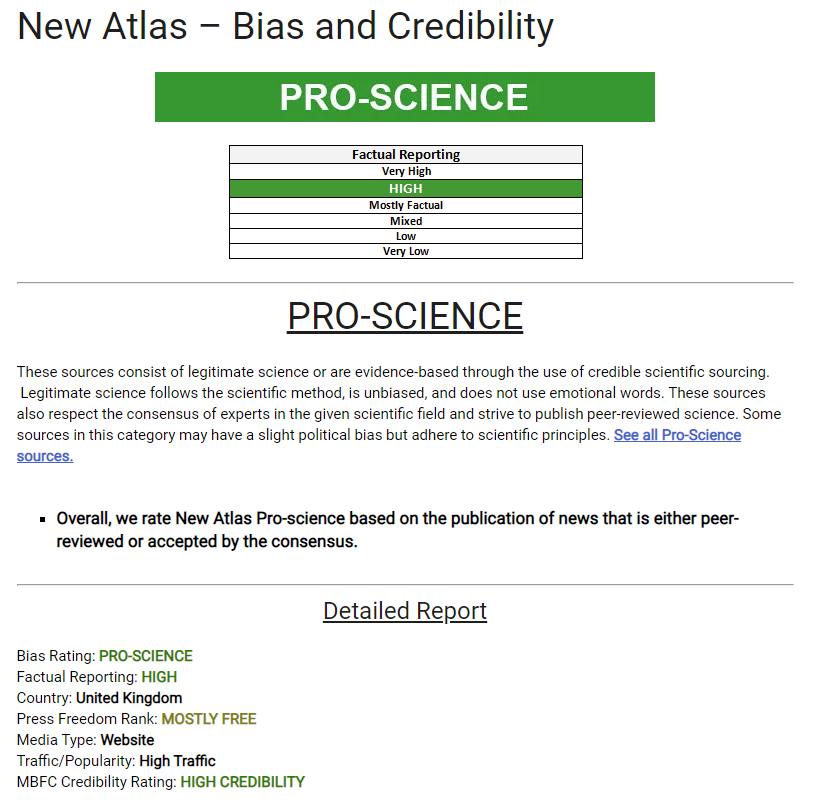Technology
This is a most excellent place for technology news and articles.
Our Rules
- Follow the lemmy.world rules.
- Only tech related content.
- Be excellent to each other!
- Mod approved content bots can post up to 10 articles per day.
- Threads asking for personal tech support may be deleted.
- Politics threads may be removed.
- No memes allowed as posts, OK to post as comments.
- Only approved bots from the list below, to ask if your bot can be added please contact us.
- Check for duplicates before posting, duplicates may be removed
- Accounts 7 days and younger will have their posts automatically removed.
Approved Bots
Does anyone know about the technology that nuclear submarines and aircraft carriers use? Why are they able to operate but we can't use the same technology on land?
I was a nuclear operator in the Navy. Here are the actual reasons:
- The designs are classified US military assets
- They are not refuleable
- They only come in 2 “sizes”: aircraft carrier and submarine
- They are not scaleable. You can just make a reactor 2x as big
- They require as much down time as up time
- They are outdated
- The military won’t let you interrupt their supply chain to make civilian reactors
- New designs over promise and underdeliver
- They are optimized for erratic operations (combat) not steady state (normal power loads)
- They are engineered assuming they have infinite sea water available for everything
There’s more but that’s just off the top of my head
Because if the military wants something, budgets are big. And they do not need to make money.
Military expenses, the only socialism acceptable to Americans.
Gotta love how the post office is legally required to show they can turn a profit, but the military has a history of building literal burn pits that essentially burn US tax dollars by lighting equipment on fire and giving soldiers cancer.
Because military engineers overengineer these things from the most expensive materials available, and they also perform frequent maintenance on them, which is also expensive.
To add to this: A certain type of Soviet submarine used a lead-bismuth alloy as coolant for their reactor. The coolant solidifies at ambient temperature so it had to be heated indefinitely by some way or another or else it solidified and trashed the reactor. I don't think any of them exist anymore since Russia wasn't able to afford sustaining the giant navy after the Soviet collapse.
Just goes to show how insane nuclear submarine engineering is, or was at some point.
Why are they able to operate but we can’t use the same technology on land?
Military budgets. You can use the tech, but no civilian can afford it.
They used pressurised water reactors with enriched uranium. Dunno how the costs run but there is no strategic alternative anyway. They also wouldn't want such highly enriched uranium to be commonplace.
I'm pretty sure they essentially are "one time use" only.
Extremely simplified:
They run for 20-30 years without refueling, which means the reactors/system could be built more compact, a higher level of safety and require less maintenance / monitoring / fine-tuning.
All those parameters are connected in an equation which means if you want higher safety you have to make another parameter "worse". By making the system "one time use" you set the "refuelability" and "repairability" parameters to the lowest and can therefore up the other parameters.
Also, military requirements are very different from civilian.
It's expensive in subs too
I’m pretty sure most military reactors use weapons grade uranium that’s enriched to mid 90%. Countries get sensitive when you start enriching uranium to the mid 90s.
This was pretty much obvious for everyone from the beginning, except if you're a fanboy of this tech.
They are still going for big building size reactors that have site specific details even if the core is built in a "factory". This still doesn't scale well.
I wonder if it can be economical to go smaller still and ship a reactor and power generation (TRG maybe or a small turbine) that then doesn't require much other than connecting wiring and plumbing and its encased in at least one security layer covered in sensors if something goes wrong its all contained. Then its just a single lorry with a box you wire in. That has a chance of being scalable and easy to deploy and I can't help but think there is a market for ~0.5-10 KW reactors if they can get the lowest end down to about $20,000, it would compete OK with solar and wind price wise.
I suspect no one has bothered because the regulatory overhead means it has to be big enough to be worth it and like Wind power scales enormously with the size of the plant. But what I want is a tiny reactor in my basement, add a few batteries for dealing with the duck curve and you have something that will sit there producing power for 25 years and a contract for it be repaired and ultimately collected at end of life.
You can sort of do this today using the Tritium glow sticks and solar cells but it doesn't last long enough and the price is not competitive. Going more directly to the band gap in a silicon or something else semi-conductive and a long lived nuclear material could maybe get a little closer price wise.
You want people to have their own private nuclear reactor in their basement?
Nukeheads are insane
That's some real 1950s futurism.
Ford proposed a car with a nuclear reactor.
